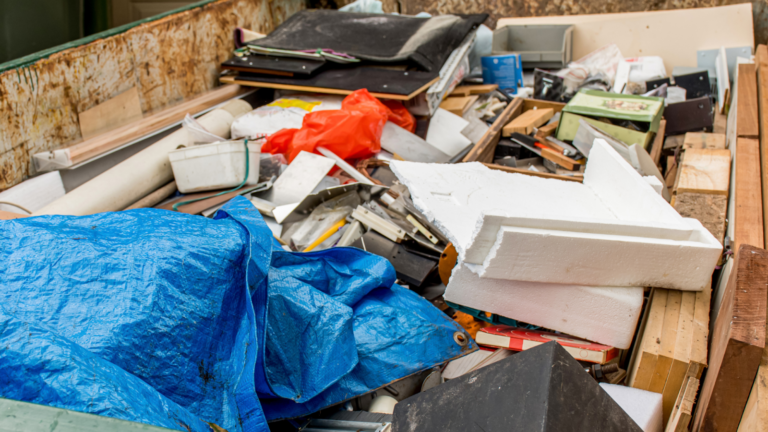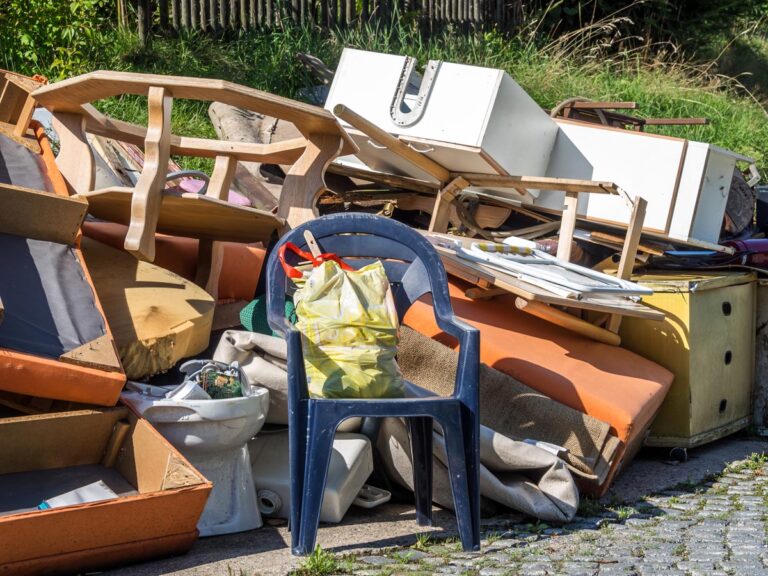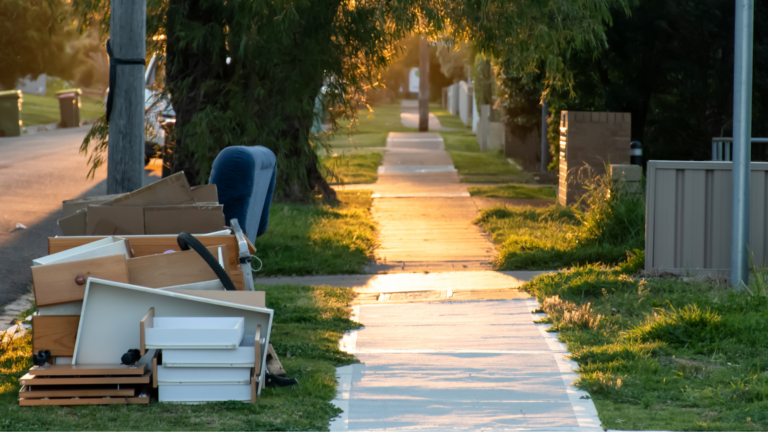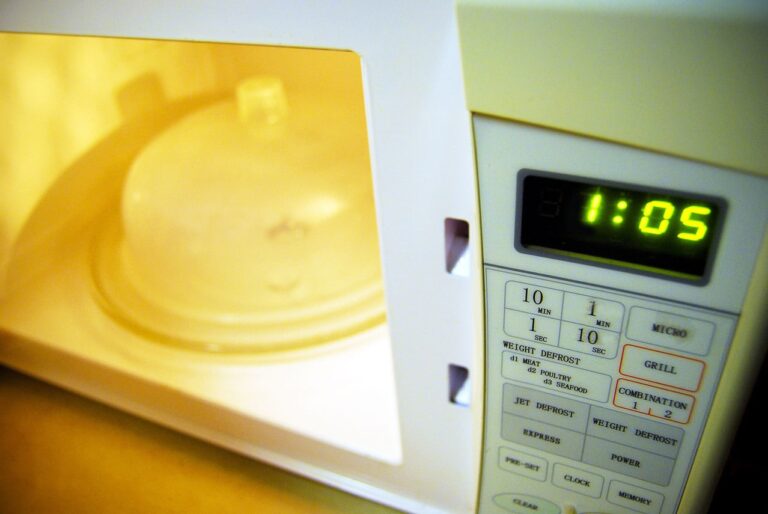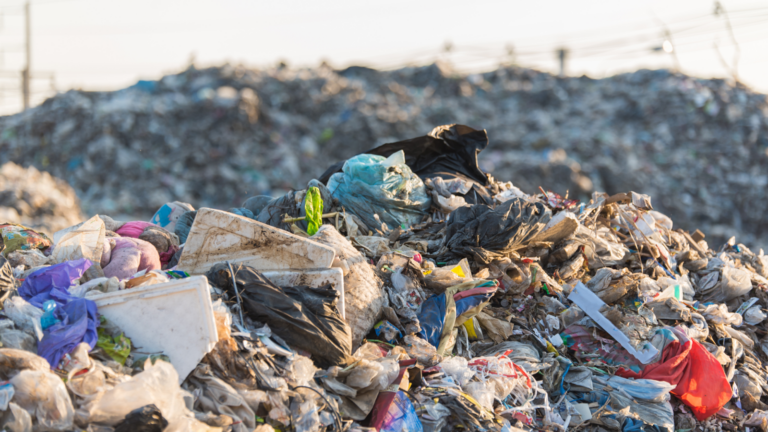Some years ago, recycling came with many restrictions and rules that made it appear somehow inconvenient but worthwhile. In addition to the other mandated recycling do’s and don’ts, people had to remove labels from jars, bottles and cans. But today, the more sophisticated recycling processes for metal, plastic and aluminium are more effective with or without labels.
Some years ago, it was important to remove the paper labels before the recycling started to prevent chances of flash fires in the recycling furnace, which can be dangerous for the workers. Labels also produced impurities in the main product.
Today, some recycling centres might start by removing the labels after they receive the recyclables in the plant but the service is rare and unnecessary at times. There is no point of wasting energy and water struggling with the gummy and stubborn labels. They are burnt off during the recycling process. The heat used during the metal, glass and plastic recycling processes remove the labels and the adhesives in addition to the other contaminants like food residues.
You should keep food residue and grease out of the recycling bin for a good reason. Even though the food residue and grease burns during the recycling process of glass, plastic and metal, it is not the reality during the recycling of paper.
Paper fibres will never be recycled when contaminated with food. Therefore, you will have to put the greasy wrappers in the main rubbish or compost or tear out all the contaminated portions and recycle the remainder. Dump tissues in the compost because the heir dense fibres are unsuitable for recycling.
Why some individuals choose to remove the labels
Some individuals remove the labels from bottles and cans. It is not something that the majority will do but some situations will necessitate the removal. Some circumstances that may influence you to do that include:
- The recycling provider requires you to remove all the labels before you send the cans or bottles for recycling.
- The labels are also recyclable – such as paper labels.
- The recycler may choose to reuse the bottle or can to store liquids or food.
Some individuals overthink when recycling. Do not overthink on the issue of labels. You can send the can or bottle as it is to the recycler. The most important part involves placing the recyclable in a recycling bin.
What about rings, lids and labels?
If you are able to remove the lids and labels from the glass bottles and jars, that is great, but do not worry too much about them because after the crushing process the recycler will remove any non-glass material. However, removing lids and caps from the plastic containers is important because they are made of a different polymer type, which means that they have a different melting point from that of the material that makes the bottle itself.
Many lids are likely to contaminate the load. Remove and throw them away when possible. Even more, you should remove the staples, clips and plastic envelope windows before you send papers for recycling. Remember to remove excessive tape and labelling from the cardboard packaging – small amounts are unlikely to affect the recycling process.
How to identify the recyclable items
To know what you can recycle, you will have to check the provisions within your areas. If you are uncertain, contact the local authorities for more details. Ask to talk to the Recycling Officer or the waste minimisation team. Plastics have been a centre for the confusion but today, most local authorities are offering plastics collection schemes.
Technically, almost every type of plastics are recyclable, but collection infrastructures and the low market demand have been hindering the recycling of several common types. Blended polymers are expensive to recycle, which means that yoghurt pots are unrecyclable because they consist of several polymers.
Bottom Line
Whether you are planning to recycle empty cans for beans, mayo jar, or water bottles, each container will have a label. Removing the label before you chuck the bottle, can or jar in the recycling bin is not mandatory. Fortunately, the recycling process will include a heating process where the excess glue and labels will burn away. You should rest easy knowing that the bottle, can, or jar you deposit in the recycling bin will have the label removed before the recycling.
Alternatively, if you are looking for a removal service that will take care of proper rubbish disposal for you, then contact Paul’s Rubbish Removal today. We specialise in the removal of rubbish and safe disposal methods through upcycling, repurposing and recycling.


